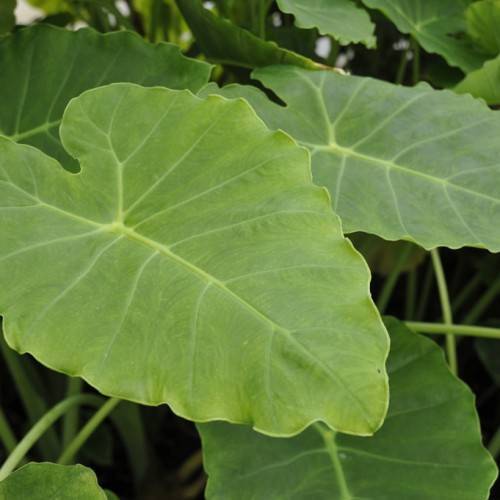
giant elephant's ear
Colocasia gigantea
Cycle:
Herbaceous Perennial
Watering:
Frequent
Hardiness Zone:
8 - 10
Flowers:
Flowers
Sun:
full sun,part shade
Leaf:
Yes
Growth Rate:
High
Maintenance:
Moderate
Drought Tolerant:
Yes
Invasive:
Yes
Tropical:
Yes
Care Level:
High
watering
Giant elephant's ear (Colocasia gigantea) should be watered once or twice per week, depending on your climate. During the summer months, when temperatures are high and sunlight is plentiful, you should water more frequently, around 3 times a week. In the cooler months, when temperatures are lower and there is less sunlight, you can water less frequently, around once a week. When you water, make sure the soil is evenly moist but not soggy, as too much moisture can lead to root rot. Depending on the size of your plant, you may need to give it a deep soak. Once every 2 to 4 weeks, you should let the top 2-4 inches of the soil dry before you water again.
sunlight
The giant elephant's ear plant needs at least 5 to 6 hours of direct sunlight each day. For optimum growth, it should receive a minimum of 8 hours of direct sunlight daily. This plant can tolerate some shade, but will not thrive in full shade, and may begin showing signs of decline if it does not get enough sunlight.
pruning
Giant elephant's ear should be pruned in late winter or early spring, before new growth begins. Prune back faded leaves to the crown of the plant, and any dead or damaged foliage. Remove about 1-third of the oldest, tallest leaves, cutting them off at or near the base. Prune only as much as is necessary for the desired size and shape of the plant. In early to mid-summer, allow some of the new growth to extend beyond the base of the plant, but prune back the long growth at the end of the season. This will help ensure that the plant maintains a more compact size.
